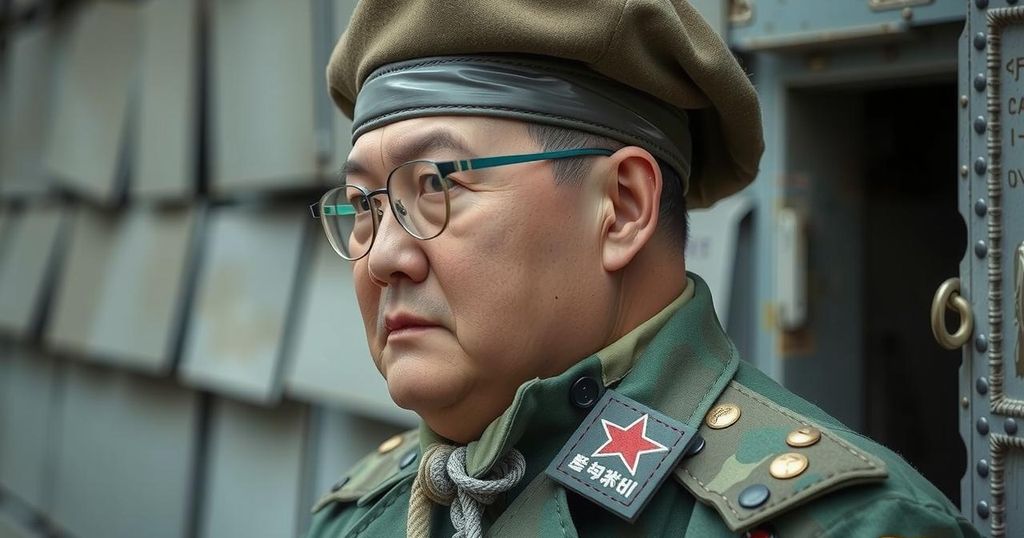South Korea Confirms Capture of Wounded North Korean Soldier in Kursk
South Korea’s NIS confirmed the capture of a wounded North Korean soldier in Russia’s Kursk region, amid reports of substantial North Korean troop casualties in the Ukraine war. The agency emphasized the need for communication with North Korean forces regarding potential defections, highlighting the broader implications of North Korea’s involvement in the conflict.
In a significant development, South Korea’s National Intelligence Service (NIS) has confirmed the capture of a wounded North Korean soldier in Russia’s Kursk region. This confirmation follows reports and photographic evidence released by Ukrainian media, suggesting that the soldier was taken into custody during military operations. Reports indicate that approximately 12,000 North Korean troops are currently in Russia supporting the Russian military in its conflict with Ukraine; casualties among these troops are estimated to be substantial, with Ukraine claiming over 3,000 fatalities. The NIS has stated its intent to monitor the situation closely but provided limited details regarding the soldier’s condition and the circumstances of his capture.
The NIS emphasized the importance of having communication on the ground with North Korean forces in the event of enemy capture or surrender. During discussions regarding potential defections, the NIS asserted that, under both international and domestic law, South Korea is obligated to accept defection requests made by North Korean soldiers. The presence of North Korean troops in Ukraine’s conflict, although largely unacknowledged by either the Russian or North Korean governments, has been substantiated by evidence presented in recent weeks, including a soldier’s notebook outlining military tactics against drones and communications from captured Russian soldiers expressing concerns about the discipline of North Korean troops.
The recent capture marks a pivotal moment in the unfolding situation involving North Korean soldiers in Ukraine, illustrating the political and military complexities at play. The acknowledgment of North Korean troop involvement raises questions about their treatment and potential for defection, as well as the implications for international relations concerning North Korea and its military strategies. As the situation evolves, the monitoring efforts by South Korea, alongside the ongoing military developments in the region, remain crucial in understanding the broader impact of North Korean actions in the ongoing conflict.
The emergence of North Korean soldiers in the Russian-Ukrainian war marks a troubling integration of North Korea into the geopolitical dynamics surrounding this conflict. Reports estimate that around 12,000 North Korean troops are active in Russia, directly supporting operations against Ukrainian forces. Despite their involvement, both Russian President Vladimir Putin and North Korean leader Kim Jong Un have not publicly acknowledged this deployment, which raises questions about the opacity of military alliances in this context. The situation has been complicated by Ukraine’s claims of significant North Korean casualties, and the broader implications of their participation in the war effort continue to unfold in the media and political discourse. This context serves to inform the capture of the North Korean soldier, which highlights the potential for future defections and relationship realignment in the region.
In conclusion, the confirmed capture of a wounded North Korean soldier by Ukrainian forces in Kursk encapsulates the complex and evolving dynamics of the ongoing conflict involving North Korea and its support for Russia. With significant casualties reported among North Korean soldiers, the implications for international law regarding defections, as well as the strategic considerations for South Korea, remain critical. As this situation develops, ongoing monitoring and analysis will be essential to comprehend the broader geopolitical ramifications of North Koreas’ military involvement in the conflict.
Original Source: www.rfa.org




Post Comment